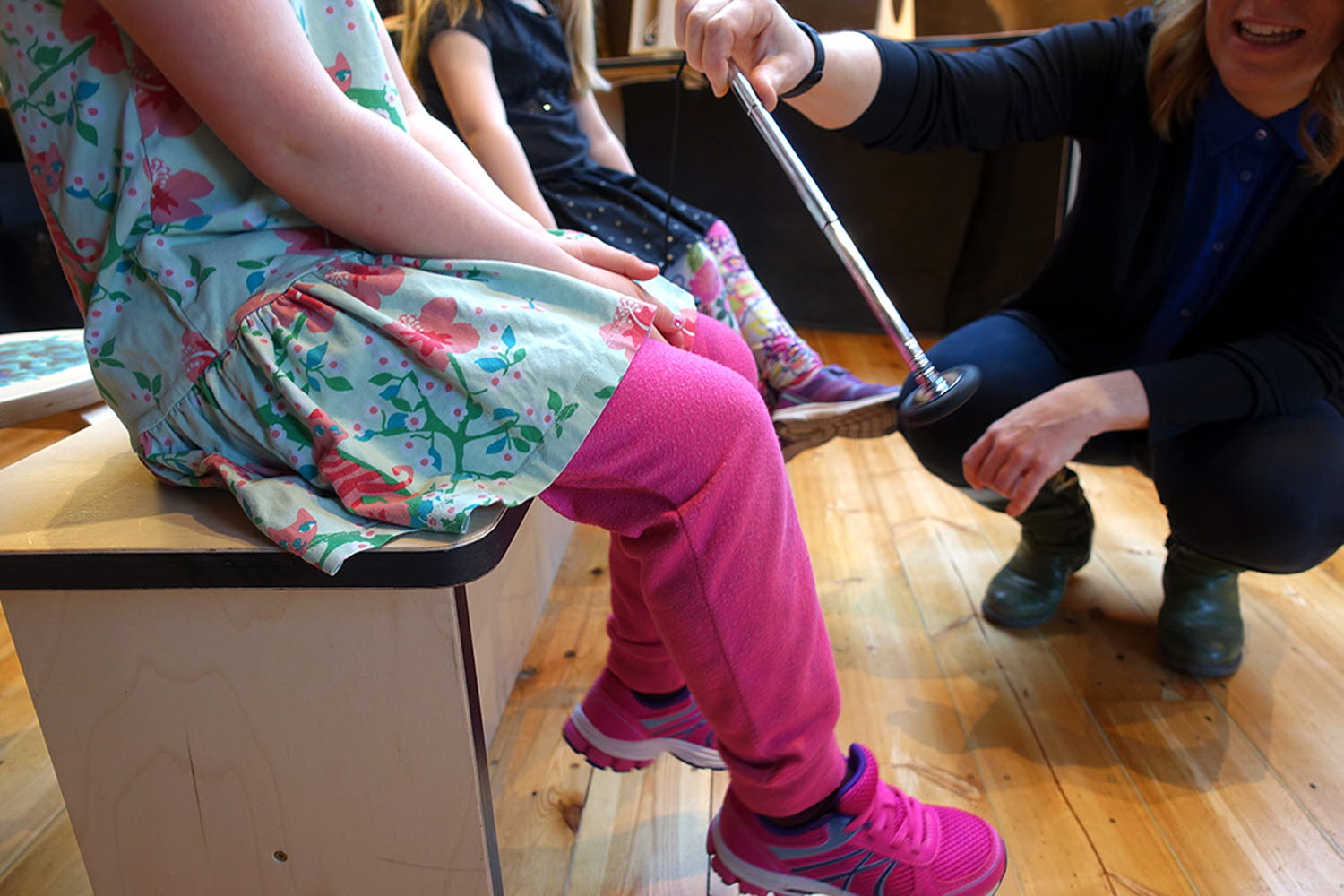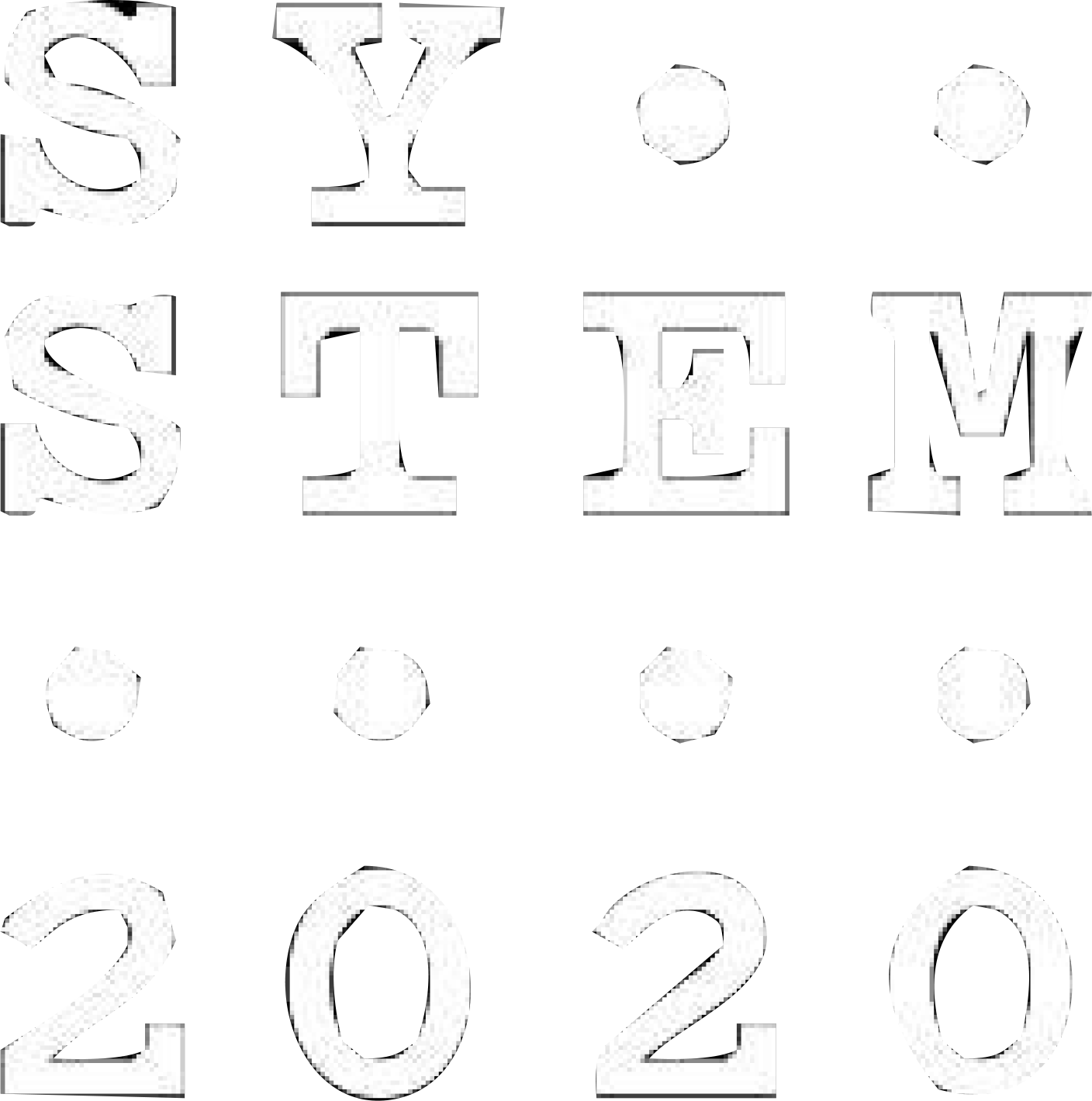
Reflex hammer
Gently tap the reflex hammer on the knee-cap tendon just below the knee-cap. What happens?
Reflexes in the body are impulses triggered in the spinal cord and part of the brain stem called the medulla upon sensory stimulation.
There are two types of reflexes in the body:
- Autonomous reflexes: Reflexes that cannot be controlled. These control smooth muscles, such as the windpipe (trachea), oesophagus and intestines), the heart muscles and glands.
- Somatic reflexes: Reflexes that can be controlled. These control the skeletal muscles.
There are three types of somatic reflexes:
The stretch reflex
Controls the length of the muscle so it does not become too long. The muscle fibres have sensory nerve fibres that are attached to the muscle spindles. The muscle spindles tell the central nervous system how long the muscle fibres are.
The 10 mm-long muscle spindles are sensory organs that work as muscle fibres. These spindles have no effect on the muscle’s contractions, this is the job of the other muscle fibres.
The medical term for muscle spindles is intrafusal muscles. Muscle fibres that create power are called extrafusal muscle fibres. When the reflex hammer taps the knee-cap tendon, you will experience a stretch reflex – the knee will stretch out.
Bending reflex
The skin contains sensory nerve fibres that react to pain. These send signals to the spinal cord where interneurons can be found.
Interneurons are specialised nerve cells in the central nervous system. They work as a connection between the axons/nerve fibres from the brain and synapses/signals from the efferent neurons/nerve pathways that start at the central nervous system and between the axons from the various afferent neurons/that lead to the central nervous system to the brain via the spinal nerve.
Interneurons transmit signals to the motor neurons, which then transport the signals to the muscles telling them to contract. There are also neurons that send signals to the opposite muscles/the antagonistic muscles so they relax.
When you step on a small, uneven stone if you are barefoot, the pain receptors are activated and send a nerve impulse to the spinal cord. The spinal cord links the nerve impulse between the interneurons and the muscle neurons. Muscle neurons transmit a signal to the muscles at the back of the thigh so the knee bends and we move our foot.
Golgi tendon reflex
The Golgi tendon reflex exists to protect fragile tendons. The Golgi tendon organ can be found between the tendons and muscles. The Golgi tendon organ can detect and register tension in a muscle. There are sensory nerve fibres between the tendons, interlaced with nerve endings. When the muscle contracts, the shape of the nerve end changes, and the increase in the frequency of nerve impulses is transmitted to the spinal cord. The signals make the muscles relax so the tendon is not over-stretched.









